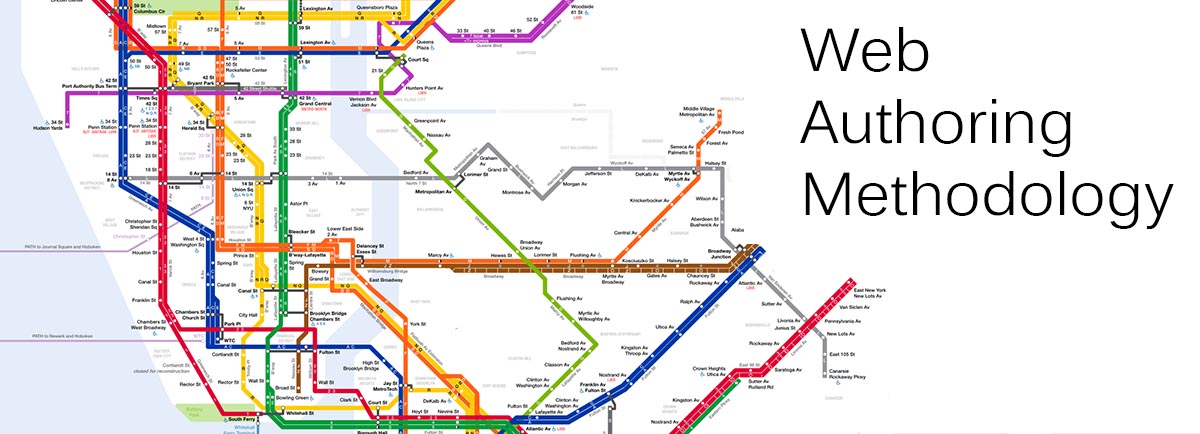Web Authoring Methodology
When I was a teenager back in the 90s, I had a website. It wasn’t that I had any particular interest in web design, visual design, or much of anything related to the computer beyond using Microsoft Paint to desecrate the wallpaper that had come installed on the computer, a picture of the Gateway cow floating in space; my sister and I never tired of painstakingly erasing everything but the cow’s head and drawing ridiculous scenarios around it. Everyone else seemed to be making a website, though, so I trundled over to Angelfire and set up an account. I couldn’t tell you what the content was; I was more concerned with the act of making the page than I was with what it actually said, and I suspect that even at the time, if someone had asked me what my page was about, I would have just stared at them blankly. I do remember the design quite clearly – feathers all over the background, Times New Roman text in seven different colors, and the inevitable neon green page visit counter at the bottom.
The moral of this story is, don’t do that.
Web design may be more art than science, but there are still a few basic concepts that you should take into account when designing a website. This site serves as a high-level overview of some recommended rules of thumb, because while it’s fun to laugh about your terrible webpages with friends 15 or 20 years later, that kind of site may not serve your purpose at present.
(First rule of thumb: If your design choice fits in nicely with the Geocities-izer, you may want to reconsider.)


